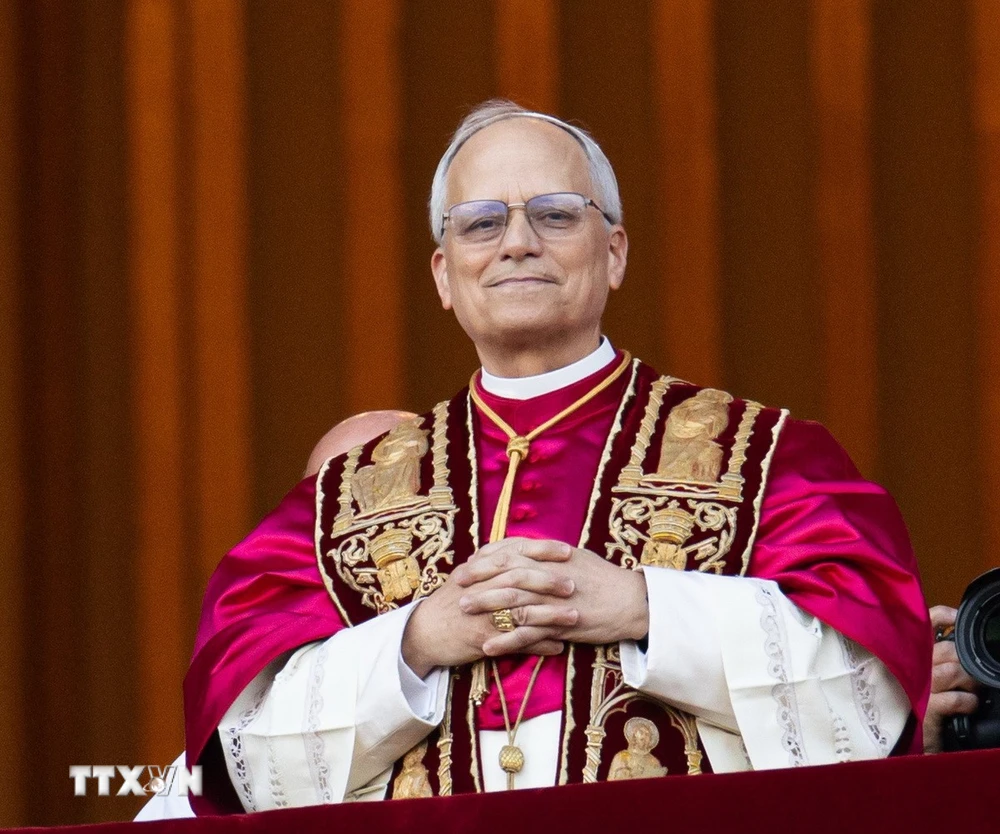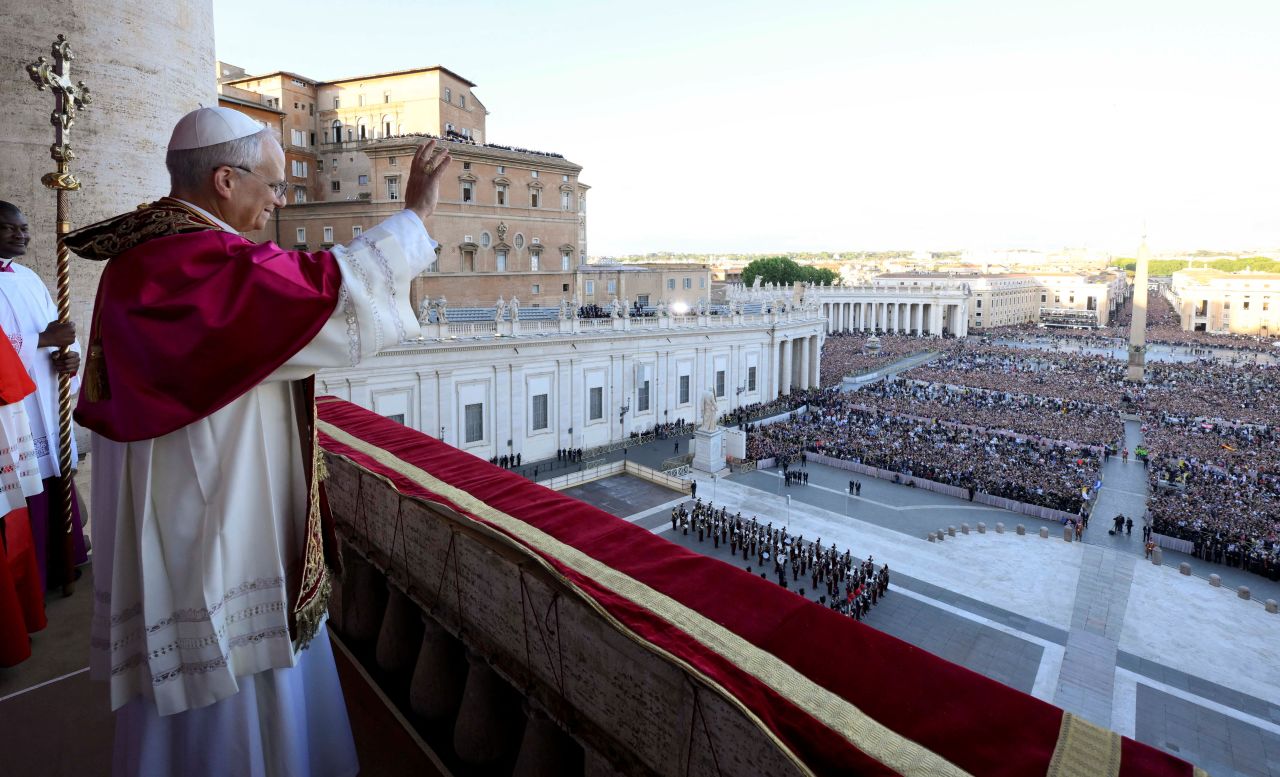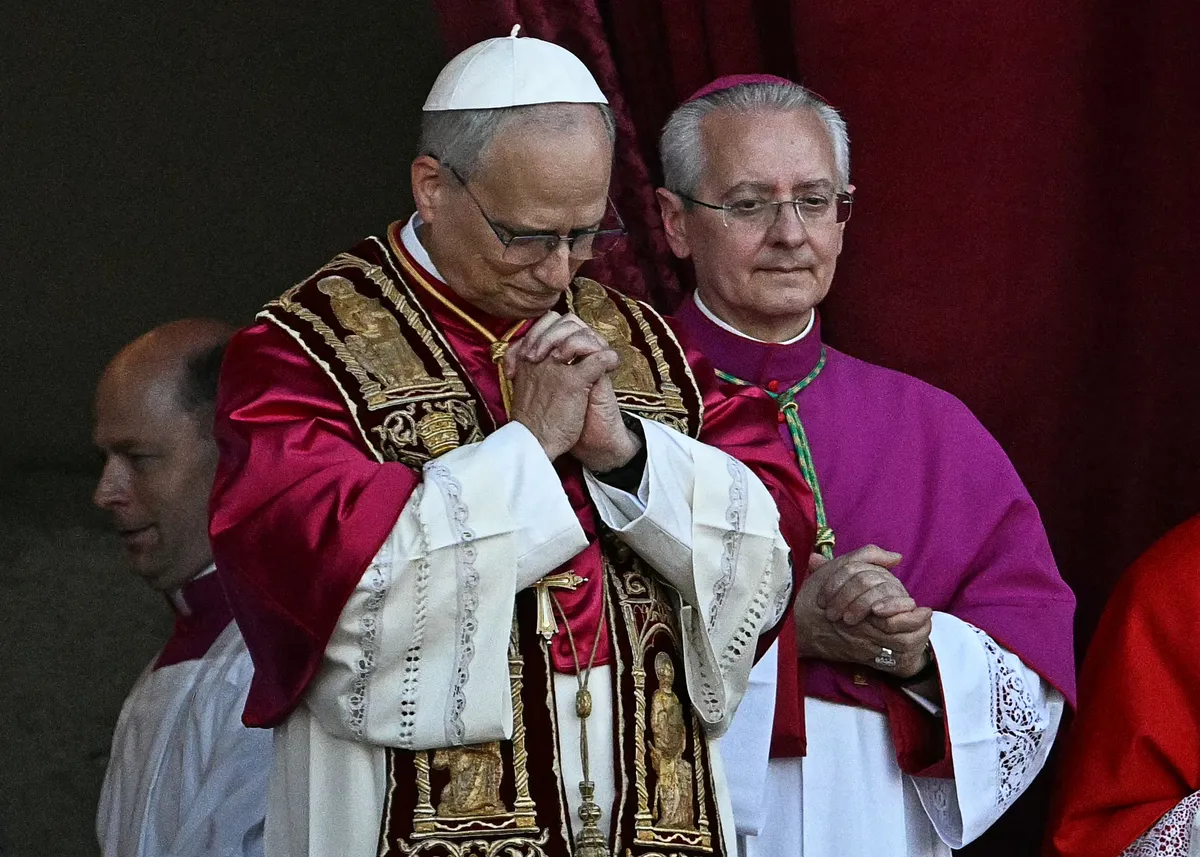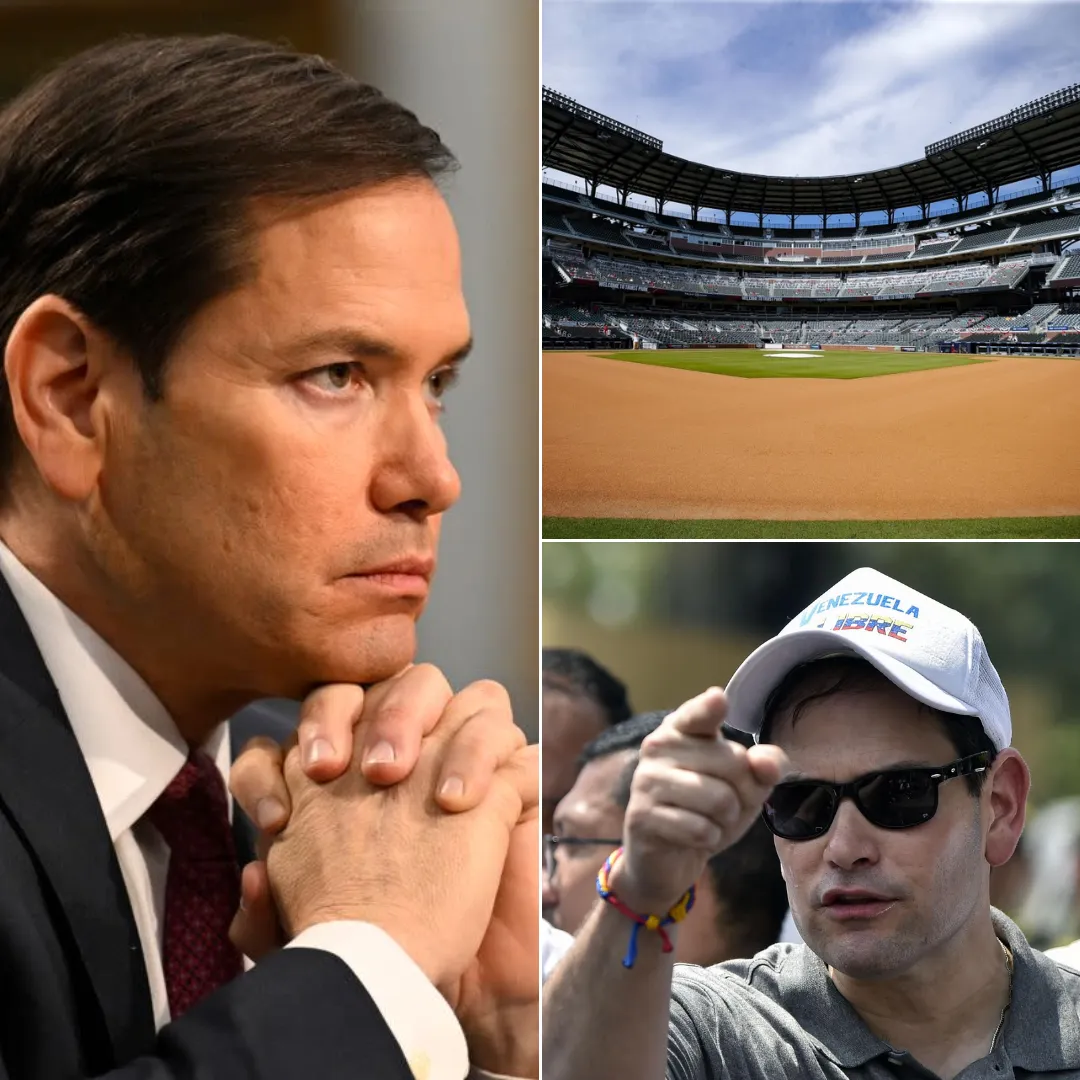
When Cardinal Robert Francis Prevost was elected the 267th pope of the Roman Catholic Church on May 8, 2025, the world witnessed not just a symbolic shift, but a tectonic redefinition of what it means to lead a global faith. At 69 years old, Prevost became the first American-born pontiff, adopting the papal name Leo XIV.
His path to the papacy was not paved with traditional power or Vatican insider maneuvering, but with quiet, consistent service, deep academic roots, and decades of cross-cultural pastoral work that reshaped his destiny from a young theologian in Illinois to the spiritual leader of 1.3 billion Catholics worldwide.
Born on September 14, 1955, in Chicago, Illinois, Robert Francis Prevost was raised in a middle-class environment far removed from the gilded halls of the Vatican. His early academic interests were firmly rooted in logic and science, earning a degree in mathematics from Villanova University in Pennsylvania in 1977.
While many saw him as destined for a career in academia or finance, Prevost’s personal calling was rooted in something deeper. On September 1 of the same year he graduated, he joined the novitiate of the Order of Saint Augustine, setting in motion a lifetime of spiritual formation and ecclesiastical commitment.

Ordained a priest on June 19, 1982, Prevost’s early career was characterized by a balance of intellectual rigor and pastoral humility. He pursued a doctorate in canon law in Rome, completing his dissertation in 1987 with a focus on the role of local superiors within the Augustinian order.
His scholarship reflected both his interest in church governance and his belief in decentralizing power to empower local clergy—a philosophy that would shape his ecclesiastical trajectory.
By 1999, after years of service and increasing responsibility, Prevost was elected Provincial Superior of the "Mother of Good Counsel" Province of the Augustinians, headquartered in Chicago. This role, while prestigious, would soon expand beyond American borders.
His leadership and reputation for balancing theological precision with accessible communication earned him a subsequent election as Prior General of the entire Augustinian order—a post that brought him into deeper engagement with global Catholicism.
His transformation from an American provincial superior to a Vatican-level figure accelerated rapidly in the following decade. On November 3, 2014, Pope Francis appointed Prevost as Apostolic Administrator of the Diocese of Chiclayo in Peru, marking a significant geographic and ecclesiastical pivot.

This role not only entrusted him with the spiritual guidance of a Peruvian diocese but also served as a proving ground for his adaptability and commitment to pastoral care in underserved communities. Along with this appointment came his elevation to the episcopate, further integrating him into the hierarchical structure of the global Church.
Prevost’s years in Peru would become some of the most defining of his ministry. Immersed in Latin American Catholicism, far from the politics of Washington and the traditions of Rome, he built a reputation as a bridge-builder between cultures, theological perspectives, and liturgical practices.
His presence in Peru was not merely administrative—it was incarnational. He lived among the people, spoke their language, and respected their cultural expressions of faith. This made him both a shepherd to the local church and a trusted intermediary for Vatican diplomacy in the region.
His proven leadership did not go unnoticed in Rome. On July 13, 2019, he was appointed to the Congregation for the Clergy, one of the most powerful departments in the Vatican responsible for overseeing the formation and discipline of priests worldwide.

This was followed by his appointment on November 21, 2020, to the Congregation for Bishops, a body tasked with selecting new bishops globally—a position that put Prevost near the epicenter of Catholic governance. These roles demanded not just theological acumen, but also discretion, cultural intelligence, and an ability to balance tradition with reform, qualities Prevost displayed consistently.
Then came a rapid series of elevations that signaled his rising star. On January 30, 2023, Prevost was appointed Prefect of the Dicastery for Bishops—making him the highest authority in the Vatican responsible for selecting new bishops and shaping episcopal leadership across continents.
He was simultaneously named President of the Pontifical Commission for Latin America, underscoring his importance in maintaining Vatican influence and stability in a region often marked by political and theological volatility. These positions required both a firm hand and a pastoral heart, as Prevost navigated issues ranging from episcopal misconduct to strategic appointments in key dioceses worldwide.
On September 30, 2024, he was created cardinal—a signal to the world that his service, influence, and loyalty had earned him a place among the Church’s most elite decision-makers. This final elevation placed him within the College of Cardinals, the exclusive body empowered to elect a new pope. Little did the world know that within less than a year, he would transition from elector to elected, from advisor to successor.

His election as pope on May 8, 2025, stunned many not because of his lack of credentials, but because of his nationality. For centuries, the idea of an American pope was dismissed as politically dangerous. The global Church feared that a pope from the world’s most powerful country would appear beholden to U.S. geopolitical interests. But Prevost’s life told a different story.
He had spent most of his ecclesiastical career outside of the U.S., serving the Church in Latin America, guiding bishops globally, and shaping policy with a global perspective. His American citizenship became secondary to his global pastoral identity.
The choice of the name Leo XIV was itself a subtle gesture. It evoked both strength and reform. The previous Pope Leo XIII had been known for championing social justice through encyclicals like Rerum Novarum, which addressed the rights of workers and the poor. In choosing this name, Prevost signaled his desire to return to the core principles of the Church—service to the marginalized, justice for the oppressed, and spiritual renewal amid institutional stagnation.
As Pope, Leo XIV inherits a Church burdened with internal division, scandals, and a growing sense of irrelevance among younger generations. He must navigate the delicate balance between doctrinal continuity and necessary reform. Issues like clerical celibacy, women’s roles in ministry, and LGBTQ inclusion remain sources of debate.
Additionally, the Church’s response to artificial intelligence, ecological collapse, and global migration will define its relevance in the modern age. Leo XIV is uniquely positioned to address these challenges, not as a politician cloaked in papal garb, but as a pastor who has walked alongside the forgotten and lifted up those without a voice.

What makes Pope Leo XIV’s rise so extraordinary is not just the milestones he achieved, but the quiet steadiness with which he moved through the Church’s highest ranks. He did not seek headlines, nor did he align himself with any particular ideological faction.
His path was marked by a deep sense of duty, academic rigor, and pastoral presence. In a world saturated with spectacle and noise, his ascent is a testament to the power of humility, consistency, and global solidarity.
As the world watches this American-born pope take his first steps into the global spotlight, one question remains on the minds of believers and skeptics alike: will Leo XIV be the reformer, the reconciler, or the radical that this era of Catholicism so desperately needs? Time will tell. But for now, his story stands as a testament to the unexpected ways history is written—quietly, faithfully, and often from places no one was watching.



-1747211585-q80.webp)